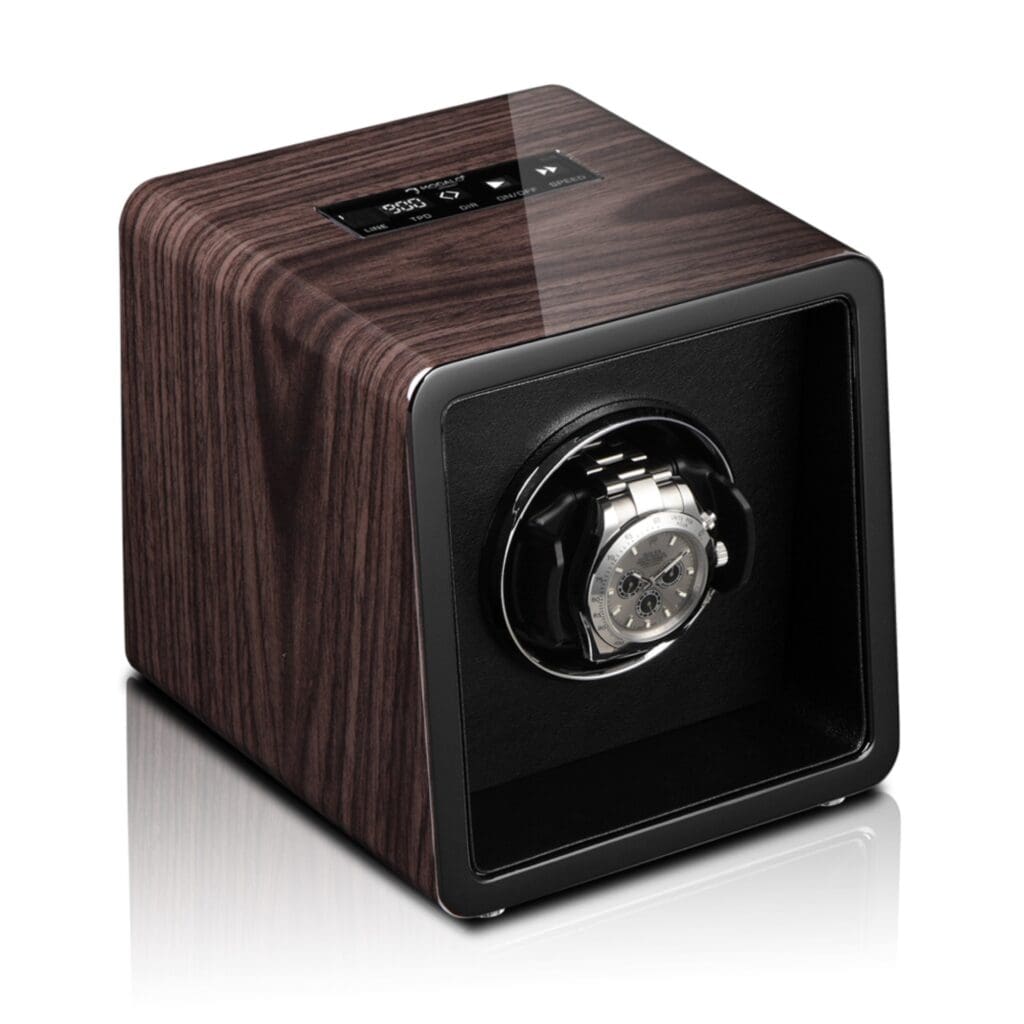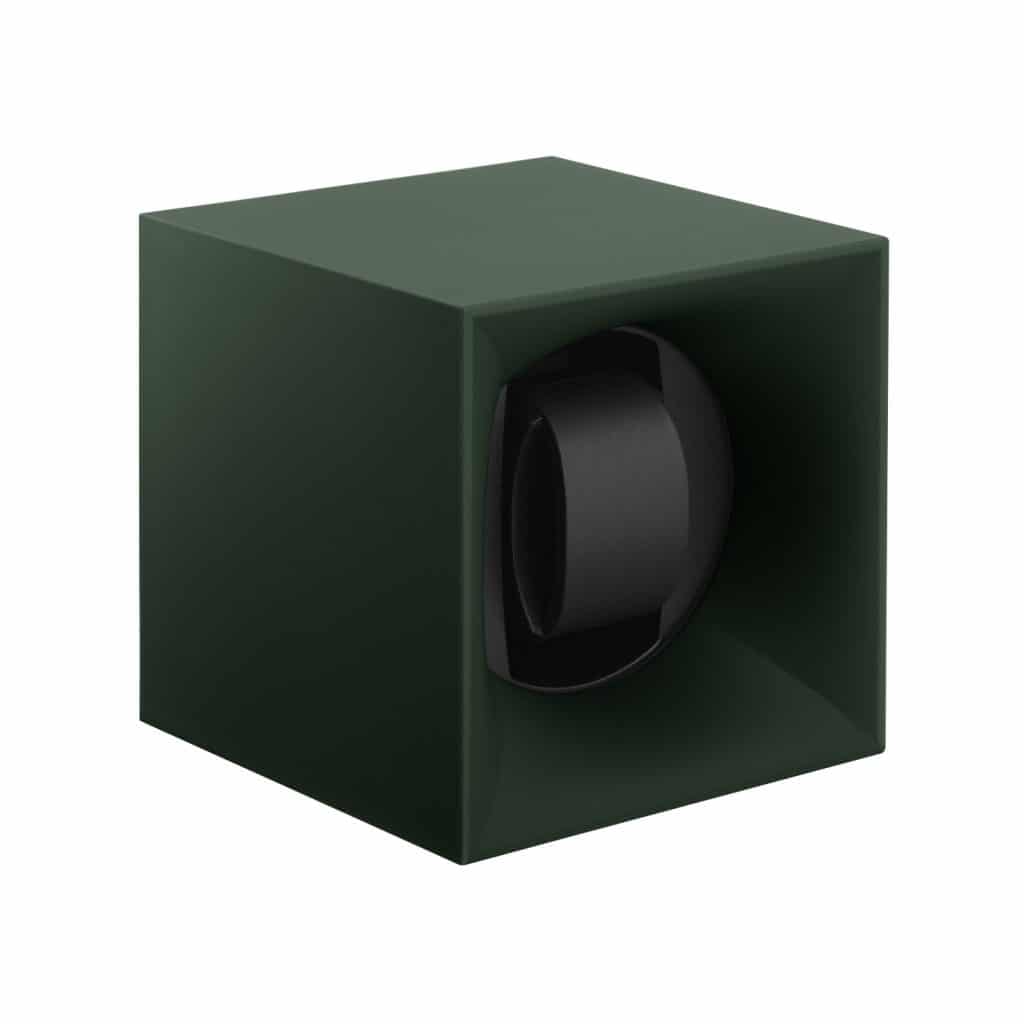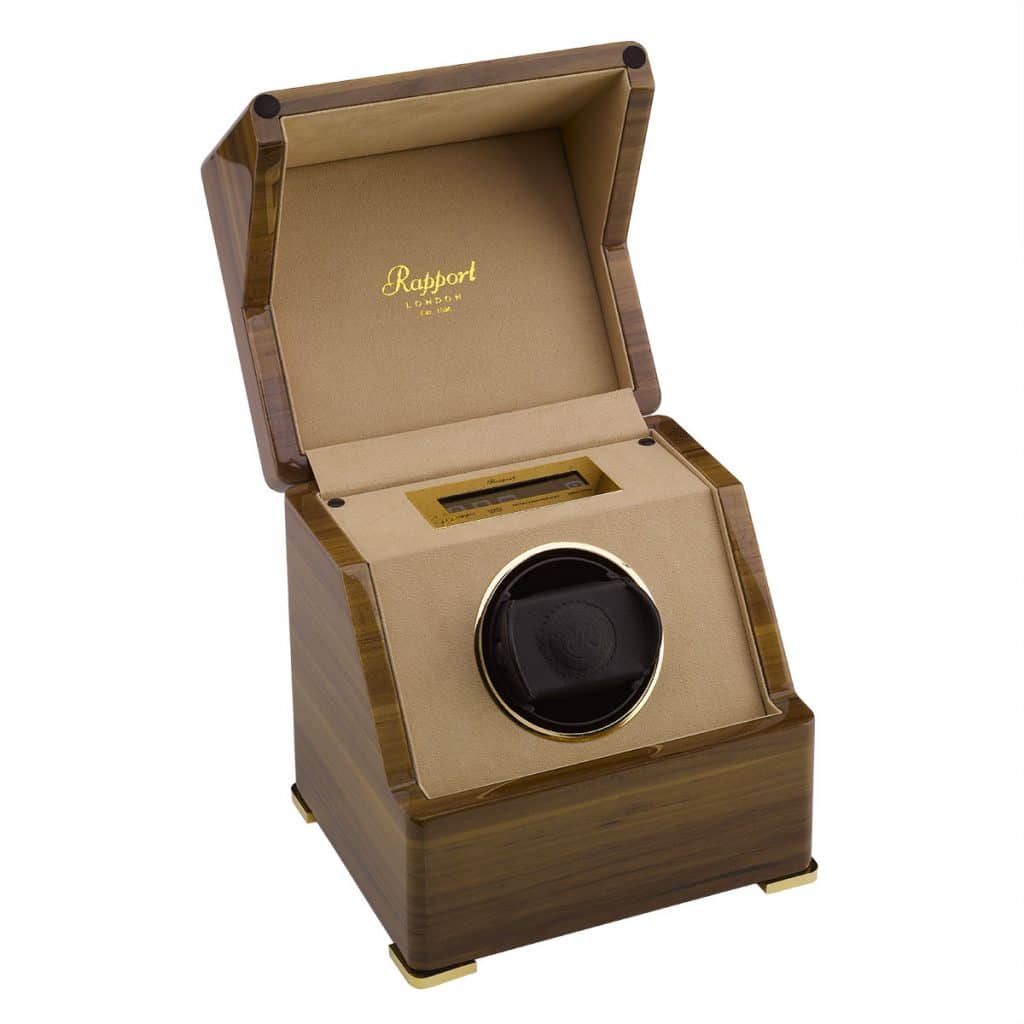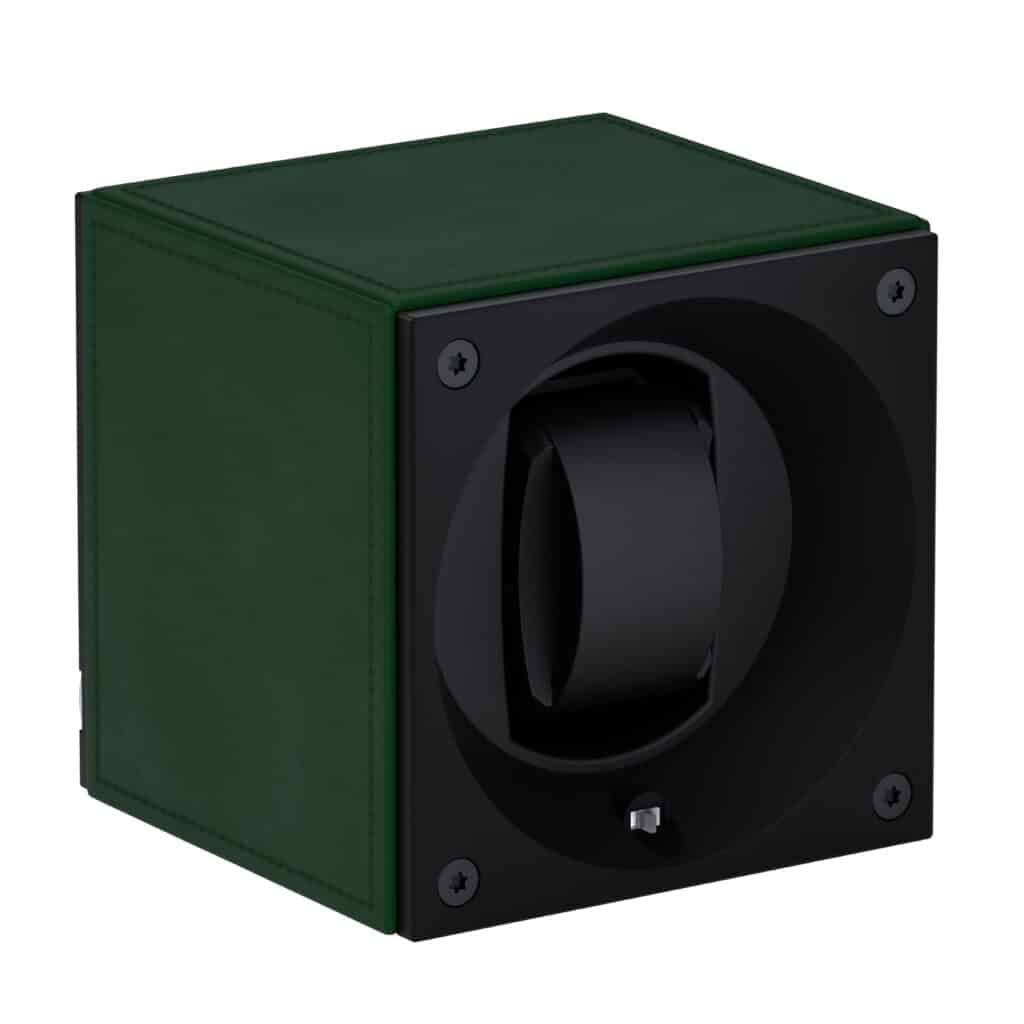Best Watch Winder For Rolex
See our Page of Winders suitable for Rolex Watches
Watches are more popular than ever and not simply because we need to tell the time. Wearing a classy watch is very much a fashion statement and the classier the watch, the more spectacular the statement. Of course, in the world of watches, it doesn’t come any classier or spectacular than a Rolex. A Rolex oozes luxury and screams success.
Read our thoughts on watch winders by clicking on the pictures below
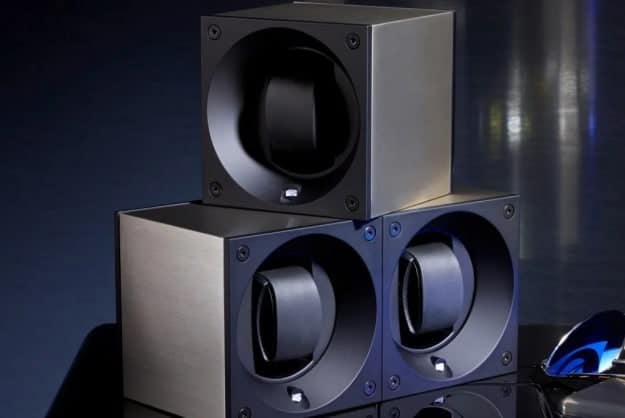
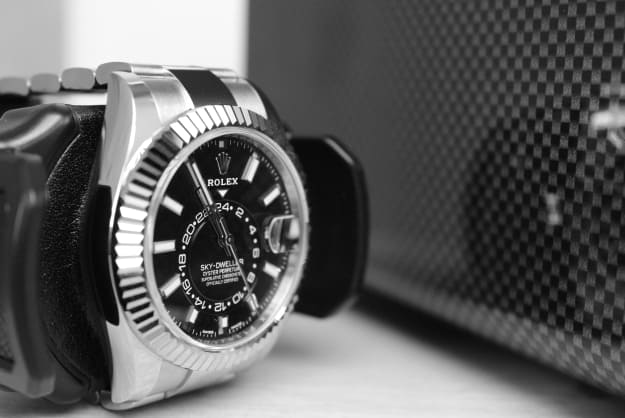
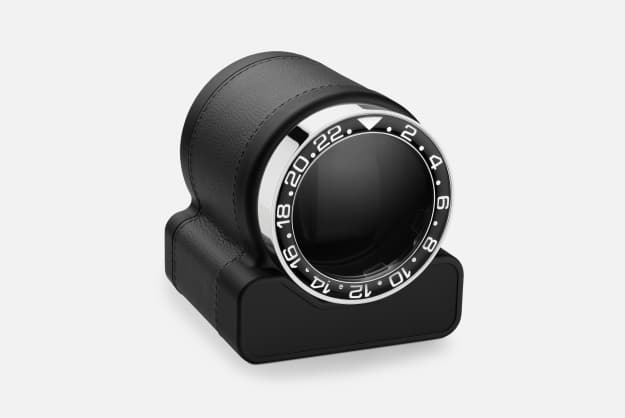
It goes without saying that the owner of a Rolex needs a budget that matches what it will take to keep this prized possession in the best condition possible. So, if you’re fortunate enough to have a Rolex in your collection, you’ll want the best equipment to be able to keep it in great shape. With that in mind, we recommend that a watch winder is a more favourable option that perhaps a simple watch case – as it not only protects but also benefits the overall function of the timepiece.
Let’s take a look at some of the features that ideally your best watch winder should have. If you’re unfamiliar with watch winders, we’ll quickly go over the basics too.
Rotor Winding Direction – As you browse through the various winders in our range, you notice terms such as clockwise, counter- clockwise and bi-directional and these all refer to the rotor winding direction.
Turns Per Day – In order to keep a watch fully wound, there will be a minimum of turns per day required. This will vary from watch to watch and winder to winder.
Other things you should probably ask as you are considering your purchase:
Do I need a watch winder that features programmable turning direction?
What power source is going to work best for my set up? (Batteries or AC)
Should the weight of my watch influence which winder I get?
Can I get a winder that can be set to specific Turns Per Day (TPD)?
Let’s delve into some of that information and break it down a little bit.
BEST PROGRAMMABLE WATCH WINDERS
It’s well worth checking out the specifications of each watch winder that you are interested in. Being well informed will help you with the decision making. It’s here in the list of specs that you will learn whether this particular winder can be programmed.
For those looking for a winder specifically for a Rolex, we would certainly recommend investing in one that is programmable as overall it’s just more versatile, allowing you to set turns per day and winding direction.
POWER SOURCE
There are only two things to learn about here: Whether your watch winder requires AC power through the mains or DC power via a battery or batteries. Your decision should be based on the way you have your collection set up. If you need a little flexibility, then a battery powered winder will likely be your best option as you can move it around your home or office to suit or keep it in your safe. On the flip side, a winder that requires mains power is going to be more useful if you are considering a multiple head winder. A multiple head winder will prove invaluable if you are growing your Rolex collection.
AESTHETICALLY PLEASING
We’ve already raved about the qualities of Rolex watches and if your collection is all about the Rolex brand, then it’s well worth choosing a winder that will beautifully compliment your watches and indeed the environment they are situated in. So, bear all these things in mind as you consider the next addition to your watch collection.
FAQ’S
HOW DO I SET A WATCH WINDER FOR A ROLEX?
A Rolex watch typically needs around 650 TPD (turns per day) in order to remain 100% wound for the day. A standard setting for a watch winder is considered to be around 750 TPD as this is generally what most modern watches require. The fact that this is a little higher than the Rolex needs won’t create any detrimental issue, so there’s no real concern here.
It’s really easy to wind a Rolex incorrectly if the watch winder hasn’t been set properly but if you manually wind the watch first and then put it into the winder, it will work out just fine – as your initial manual wind diminishes, the winder will take over to get it back to where it needs to be.
WHICH WINDER DIRECTION IS BEST FOR MY ROLEX? (CLOCKWISE ETC.)
The vast majority of Rolex watches are bi-directional, meaning they can be wound both clockwise or counter clockwise. The table below shows some of the most popular models on sale today and as you can see, they all have the same winding specifications.
Always make sure you use the manufacturers specification for the number of Turns per Day and the winding direction.
POPULAR ROLEX WATCHES AND THEIR WINDING SPECIFICATIONS:
| Model | Reference | TPD | Direction |
| GMT-Master II | 116719/126710 | 650 | Bi-Directional |
| GMT-Master II | 116710LN | 650 | Bi-Directional |
| Submariner Date | 116610/126610LN/LV | 650 | Bi-Directional |
| Submariner (no date) | 124060 | 650 | Bi-Directional |
| Sea Dweller Deepsea | 116660 | 650 | Bi-Directional |
| Daytona | 116520/116500 | 650 | Bi-Directional |
| Yacht-Master | 116655 | 650 | Bi-Directional |
| Datejust II | 116300 | 650 | Bi-Directional |
| Datejust Lady 31 | 178240 | 650 | Bi-Directional |
| Oyster Perpetual 36/41 | 126000/124300 | 650 | Bi-Directional |
| Explorer | 214270/124270 | 650 | Bi-Directional |
| Explorer II | 16570/216570/226570 | 650 | Bi-Directional |
| Sky-Dweller | 3269** | 800 | Bi-Directional |
HOW LONG SHOULD I LEAVE MY ROLEX ON THE WATCH WINDER?
Let’s use a Rolex Submariner as an example but the same principle applies to any watch. This is a very popular model and as with most watches within a collection it may be worn only occasionally if it’s only brought out for special occasions. This somewhat infrequent use can lead to the watch stopping. The Submariner features a 3135 caliber which is a bi-directional motor needing a minimum of 650 TPD. Thankfully, as we’ve already pointed out, most winders can handle 750 TPD. Whichever winder you opt for, we’d recommend that you set it to as near to 650 TPD as possible. If you are new to the Rolex brand, you’ll be relieved to know that you can’t overwind it. It features a useful slip clutch which helps to protect the mainspring.
SHOULD I WORRY IF MY AUTOMATIC WATCH STOPS?
The quick and reassuring answer is – NO! Life can get really busy and stressful and sometimes there are more important things to think about than winding your watch. Chances are, it will happen at some point – your watch will fully unwind and stop, but don’t panic, your watch isn’t broken. If it stops, it’s usually just a case of getting it wound back up again.
Here’s the science bit: The mainspring controls the watch movement and when it’s fully unwound it simply can’t keep the watch movement going. When this happens, the escape wheel isn’t able to produce any power to work with the pallet fork. These are the components that create the back and forth motion. When this stops, the watch stops.
HOW LONG WILL MY ROLEX STAY WOUND FOR?
While you are wearing your Rolex on a daily basis, it will stay wound. Most models have what is called a self-winding mechanism and it’s your own movement throughout the day which keeps the watch wound. The Oysterquartz models are the only ones that don’t have this set up.
SO, HOW LONG WILL IT TAKE TO STOP IF I TAKE MY WATCH OFF?
It all depends on the model as they all have different power reserves. 48 to 72 hrs is pretty typical … find your specific power reserve and that’s how long it will keep wound for.
HOW CAN I MANUALLY WIND MY ROLEX?
- Unscrew the crown and it should pop into place
- Don’t pull the crown
- Once in position, turn the crown clockwise to wind the watch
4 Great Watch Winders Suitable for Rolex Watches
-
Modalo Saturn Single Watch Winder – Macassar
£350.00
Availability: In Stock - Ready To Ship
-
Swiss Kubik Startbox – Green
£460.00
Availability: Usually ships within 7-10 working days
-
Rapport Perpetua III Single Watch Winder Touch Screen – Walnut
£645.00
Availability: In Stock - Ready To Ship
-
Swiss Kubik Masterbox Leather – Green
£790.00 – £880.00
Availability: In Stock - Ready To Ship

